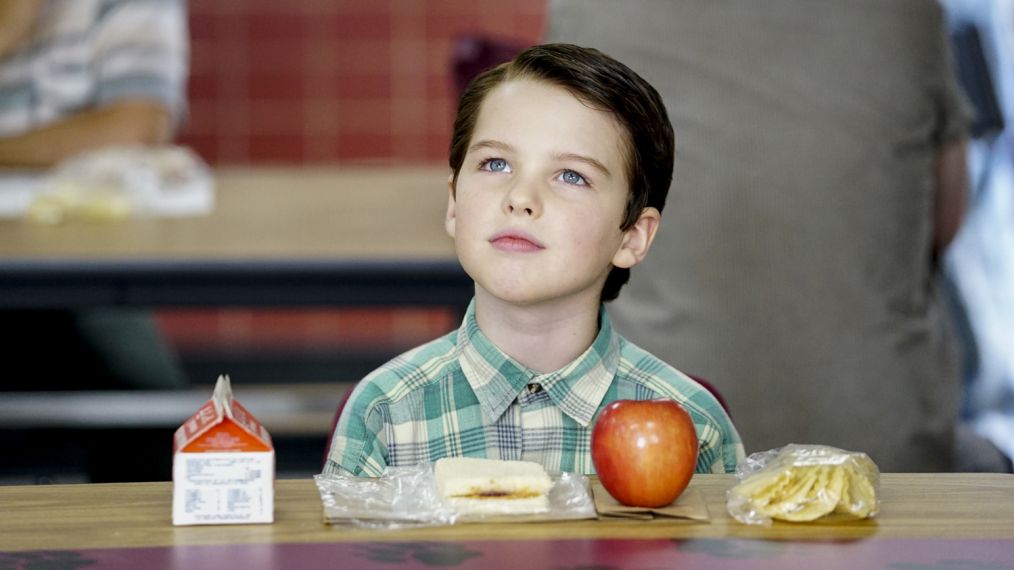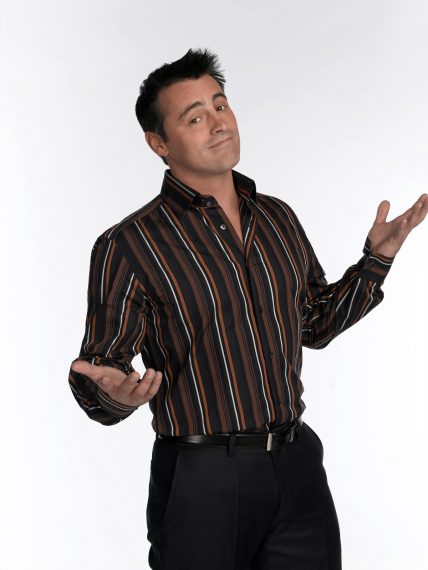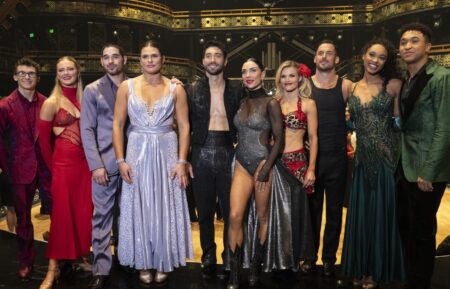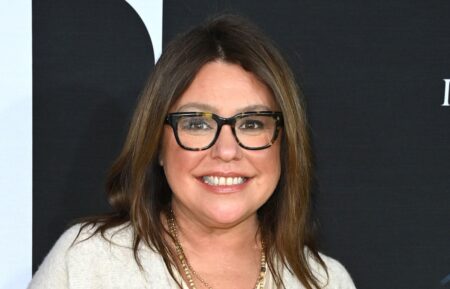The Art of the Spinoff TV Series

For a little guy, Young Sheldon is a big deal. The Big Bang Theory offspring—centered around the 9-year-old version of Jim Parsons’s Sheldon Cooper, played by Iain Armitage—is raking in over 12 million viewers per week. It’s also serving as a reminder that not all spinoffs are created equal.
With so many other new projects in the works, we decided to make like a certain pint-size smarty-pants and drop some knowledge. Behold, a crash course on how to properly build off an existing property.
Do Create Your Own Identity: The sweet, single-camera Sheldon is nothing like the multicam live audience sitcom that begot it, but the switch-up works because the central character is a known entity, and his DNA shines through in the writing and acting. A similar strategy was used when The CW’s Arrow did its first spinoff in 2014. “The Flash is a bright, fun, colorful show,” exec producer Geoff Johns says. “We wanted the antithesis of Arrow.”
Don’t Change Lanes Entirely: A departure from the mother ship is good. Entering a new stratosphere? Not so much. Whereas Pretty Little Liars was soapy, its 2013–14 ABC Family spinoff, Ravenswood, went supernatural.“I was excited because we created a new world, new mythology and a ghost story to round out the package,” says exec producer I. Marlene King. “What I quickly found was that fans wanted it to be more like PLL.”

JOEY — NBC Series — Pictured: Matt Le Blanc as Joey
Do Rely On Familiar Faces: Since 2015, AMC’s Better Call Saul has been slipping in Breaking Bad notableslike Gus Fring (Giancarlo Esposito) as sly nods to the future awaiting slimy lawyer Jimmy (Bob Odenkirk). Frasier wove in visits from Kelsey Grammer’s Cheers crew (like Bebe Neuwirth, inset, with Grammer). Meanwhile, Matt LeBlanc’s Joey did time in L.A. from 2004 to 2006 and couldn’t even get a call from Gunther (James Michael Tyler), much less a visit from his old Friends. And since we’re on the topic: He was a delight in the larger context of Central Perk, but can you really hang a whole show on a dude whose first love is sandwiches?

CHEERS, Bebe Neuwirth, Kelsey Grammer (1986-1993), 1982-1993.
Don’t Be A Visual Copycat: Carving out an individual niche applies to the look of a series as well. Consider CSI: New York, blue and shadowy in comparison to its sun-soaked predecessor CSI: Miami—an appropriate choice given their locales. Ditto for Law & Order: SVU’s gritty, noir vibe—a fitting accompaniment to the disturbing subject matter, in contrast to the straitlaced original.
Do Build A World: Relationships matter. The connections between characters on the shows in CBS’s NCIS franchise, NBC’s Chicago trilogy and The CW’s Arrowverse get audiences invested in their crossovers. Synergy in action!

Gibbs and Special Agent Pride chase leads in New Orleans after evidence points to a copycat of the infamous Privileged Killer on the conclusion of a two-part episode of NCIS,Pictured left to right: Lucas Black, Scott Bakula, CCH Pounder and Mark Harmon
Don’t Forget Your Target Audience: Melrose Place, the more adult-skewing spawn of Beverly Hills, 90210, wasted most of 1992 on sexless plots like Billy’s (Andrew Shue) bungee-jumping. It wasn’t until Amanda Woodward (Heather Locklear) arrived—miniskirts in tow—near the end of Season 1 that things took off. As Angel star David Boreanaz told TV Guide Magazine earlier this year, “Our show was very different than Buffy. It was a little more adult-oriented, and we were able to make an imprint.”
Do Offer More Of A Good Thing: Spinoffs that lack substance—or are made simply as a cash grab—burn bright and fade fast. “They really work best when fans can’t get enough of a show or its characters and aren’t ready to say goodbye,” King explains. “If the new show offers something familiar but fresh and new, fans will give it a chance.”

Chicago Fire where to stream

Chicago P.D. where to stream











